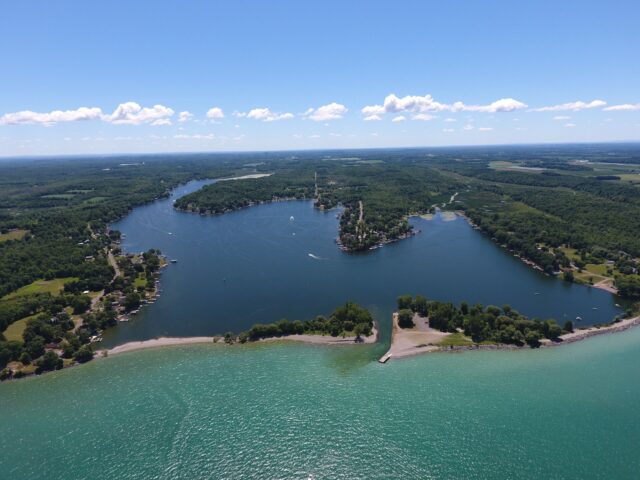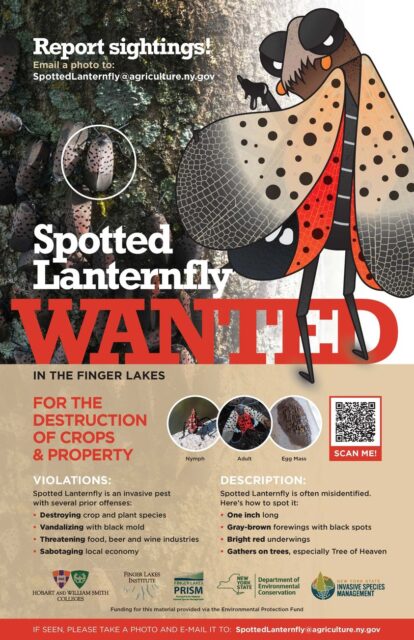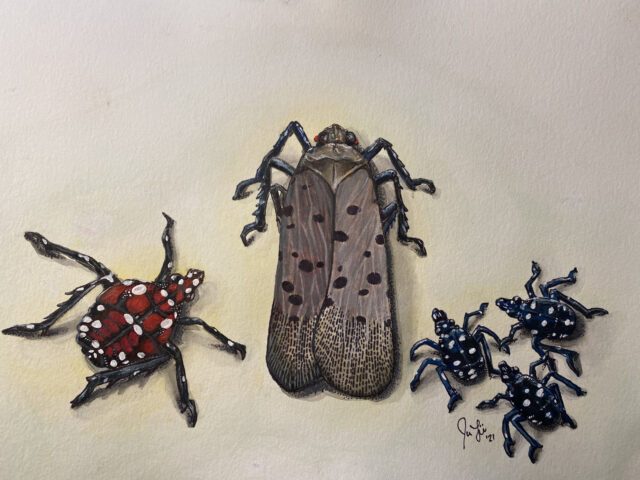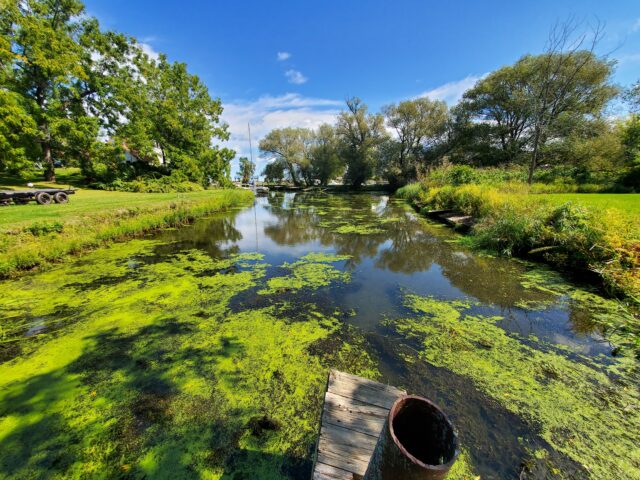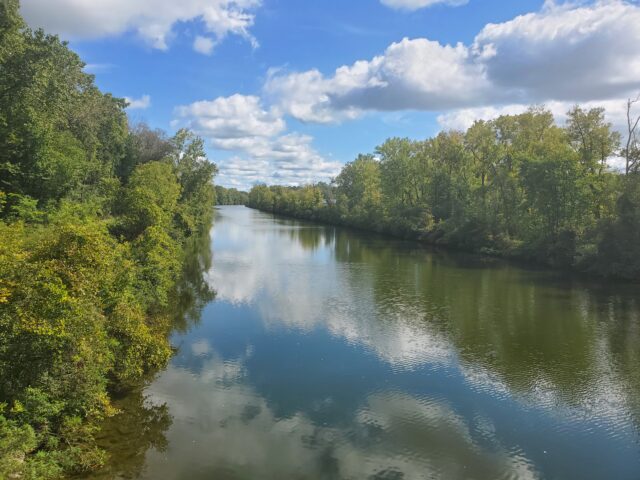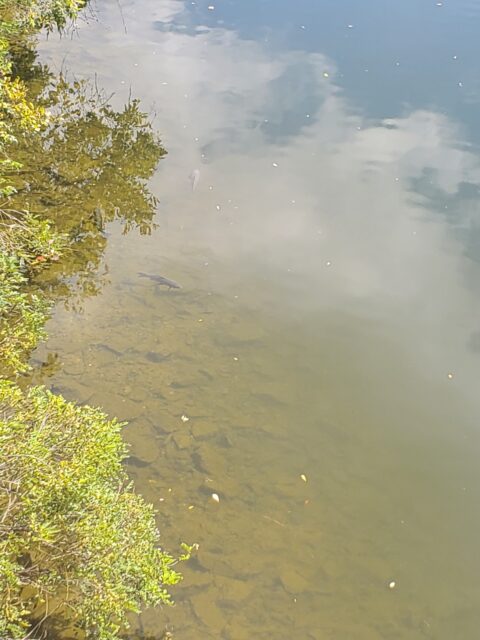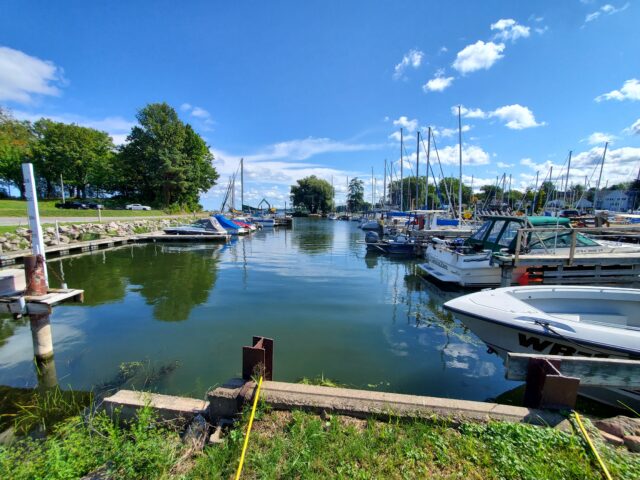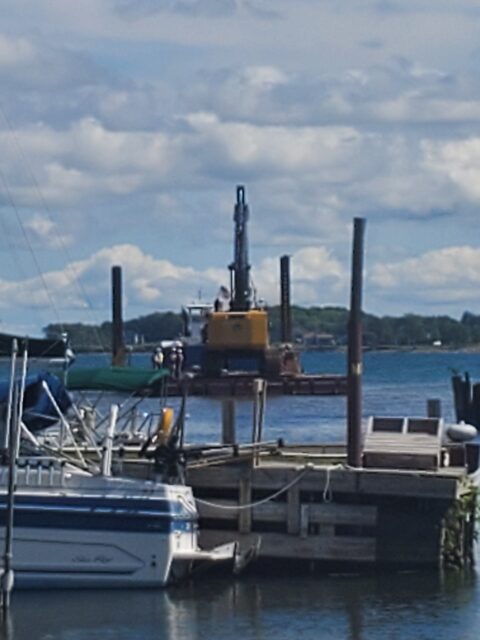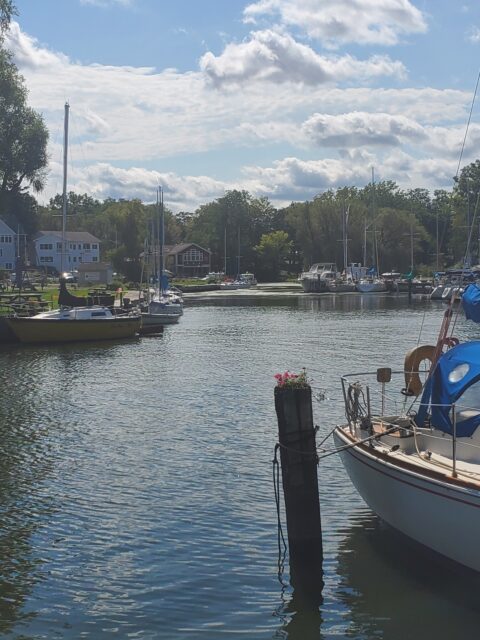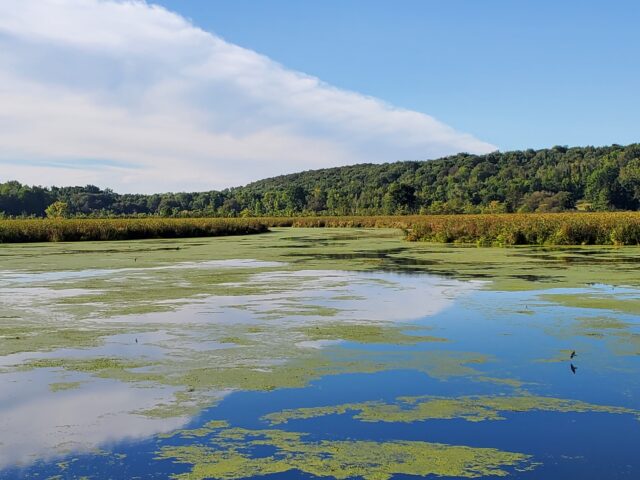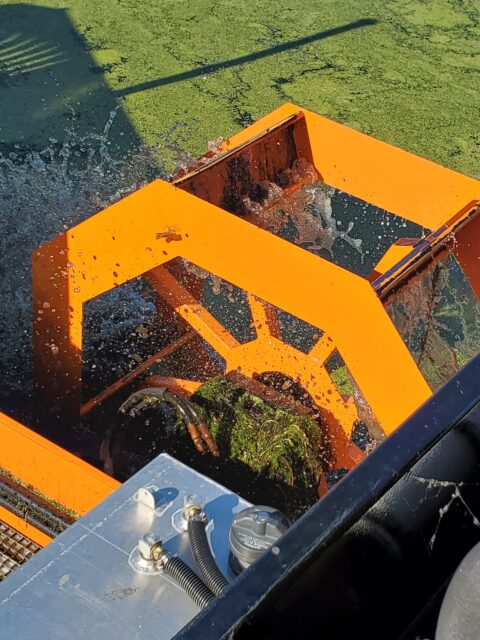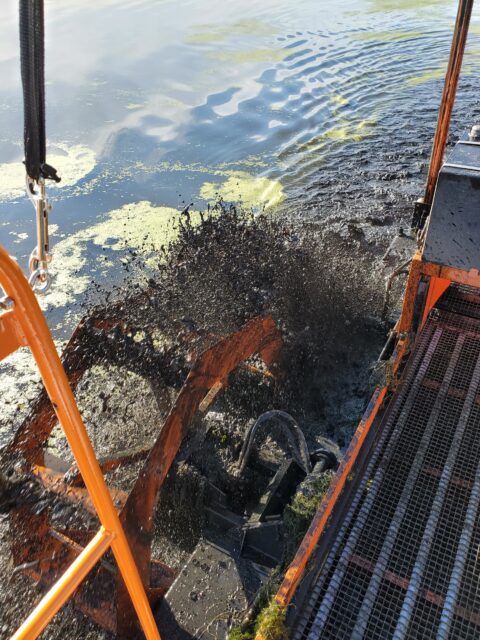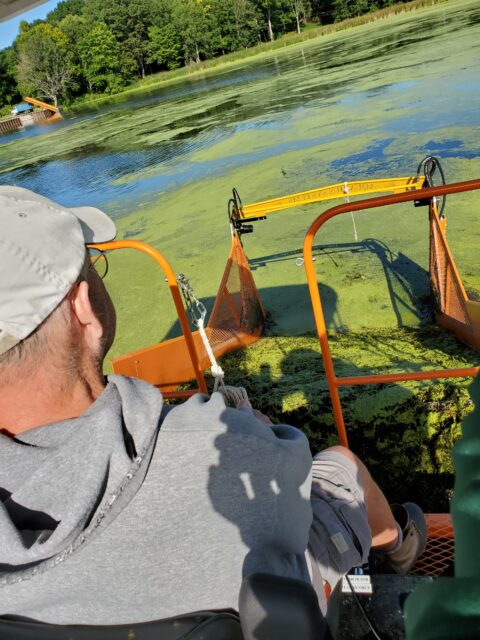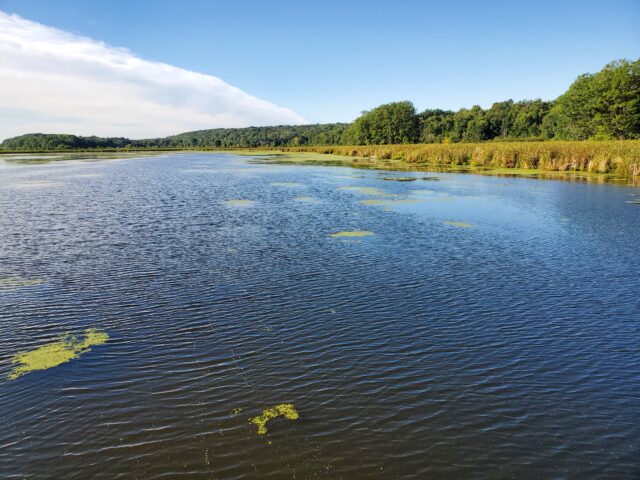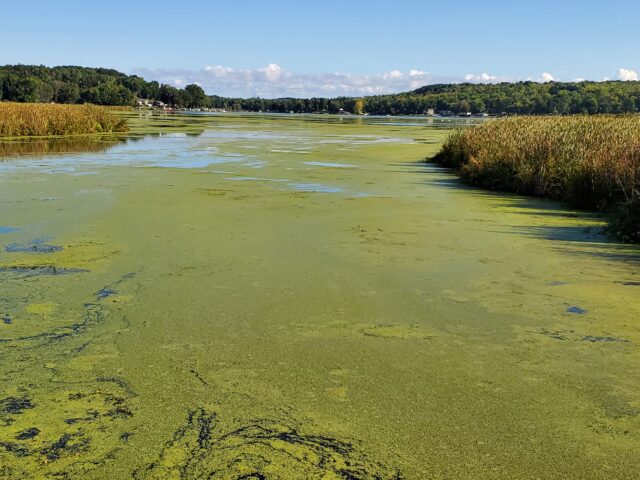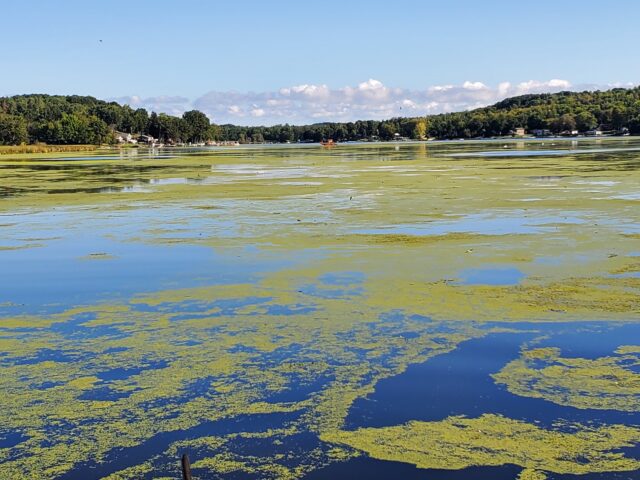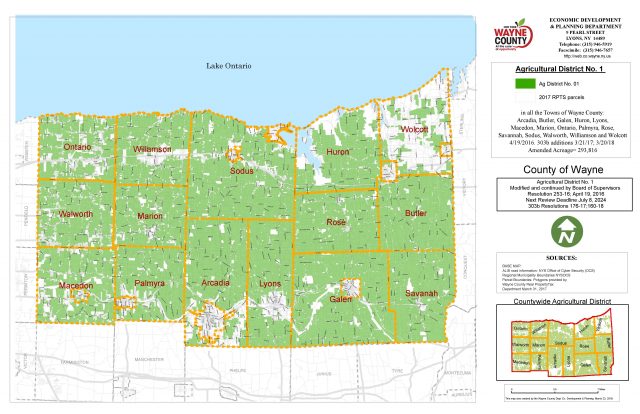In response to the extended pattern of flooding along the shores of Lake Ontario and the St. Lawrence River, the Resiliency & Economic Development Initiative (REDI) was created to increase the resilience of shoreline communities and bolster economic development in the region. Wayne County in partnership with the New York State REDI program has committed to working together on addressing resiliency shoreline issues and has been in the process of choosing priority projects across the County since June 2019. The Wayne County Project Profiles provides a full overview of the projects chosen for Wayne County.
Wayne County Soil & Water Conservation District (WCSWCD) is working in collaboration with Wayne County as a general contractor to address shoreline resiliency needs for the Port Bay Barrier Bar System and the Blind Sodus Bay Bluff and Barrier Bar System.
The District is pleased to announce project information and updates are now available. Updates include project history, story maps, engineering design reports, project profiles, SEQR reports, and more.
Follow these links to the project reports:
REDI Project Updates
-
-
- Project Overview
- BLIND SODUS BAY, Bluff and Barrier Bar System – WCSWCD collaborating with Wayne County as a general contractor
- PORT BAY, Barrier Bar System – WCSWCD collaborating with Wayne County as a general contractor
-
At the bottom of the two project pages, there is a way for the public to make comments. The District hopes a 90% project report will be released by the end of the year.

